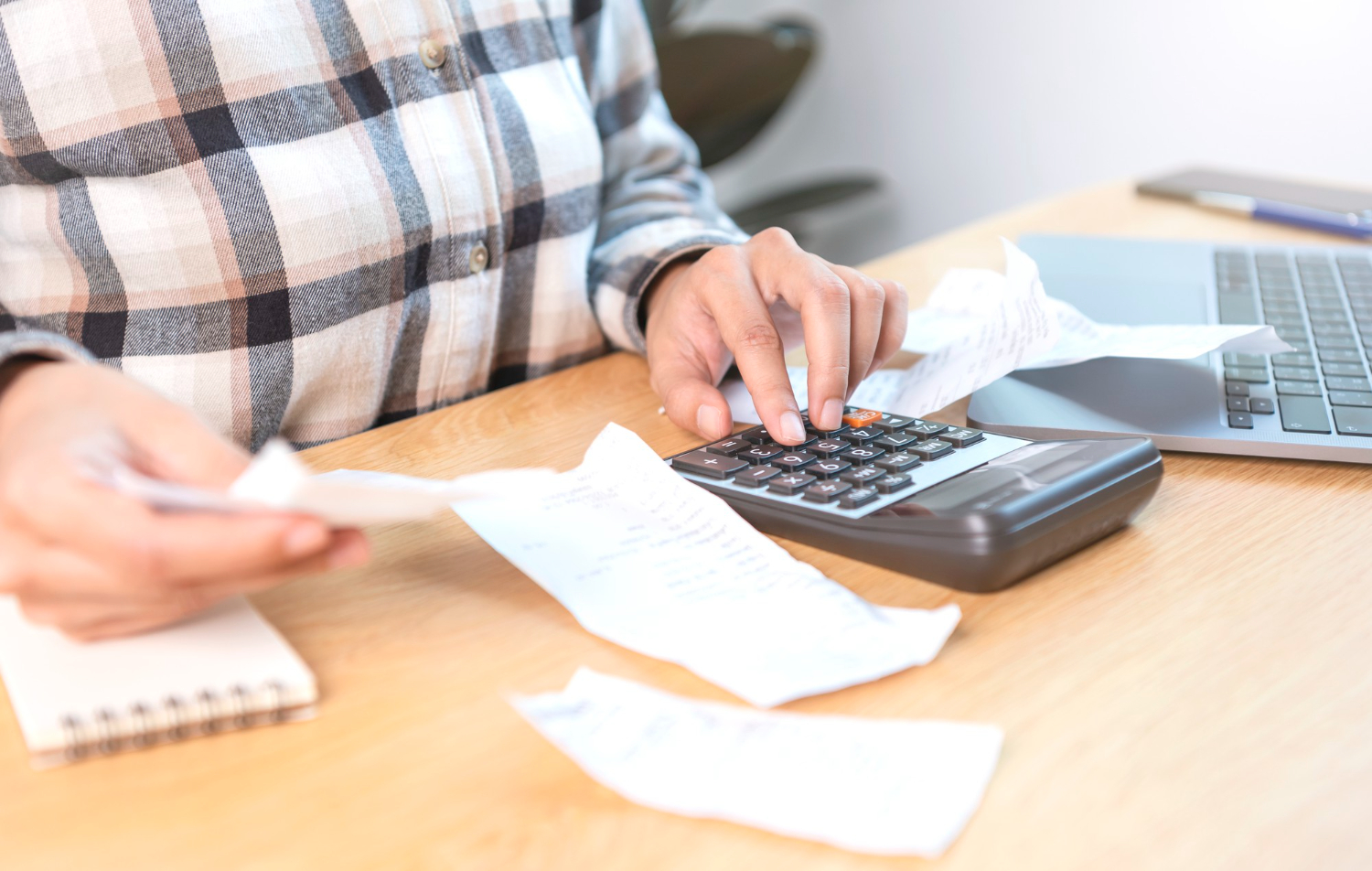If you live without savings, an unexpected expense has a lot of power over your finances. It can stretch your budget to its snapping point and drop you in financial hot water.
While you can cross your fingers that you won’t ever encounter the unexpected, life usually doesn’t work that way. Sooner or later, your car will break down, you’ll get sick, and the bills will pile up.
It can be harder to handle the unexpected without savings, but it’s not impossible. Here are some options when you’re in the thick of it.
1. Tap into a Credit Card
The plastic in your wallet can come in handy when paying for an unexpected auto repair or a medical expense. If you have room on this account, you can charge these bills to your credit card and pay them back when convenient.
While a credit card is often the most convenient option, it may not be available for everyone. Half of all Americans have maxed out their credit cards.
If you use your credit card, be mindful of your current balance. Adding another expense could max out this account, which may result in a costly penalty, raised interest, and even a lower credit score.
2. Borrow Loans Online
If a credit card is off the table, online short-term personal loans may be an alternative source of cash. These online loans include installment loans and lines of credit, so you have options for how you’ll pay back what you owe.
An installment loan is something that you’ll pay back in fixed installments spread out over time. A line of credit, on the other hand, works more like a credit card. You’ll receive a monthly billing statement that reflects your usage, and you can pay it back in full or rely on a minimum payment.
Using loans online isn’t the perfect fit for every unexpected expense. They’re ideal for urgent issues you can’t ignore, like a necessary medical test, not a forgotten wedding present.
3. Use a Cash Advance Overdraft
Depending on your bank and account info, a cash advance overdraft might be another option. This service waives a Non-Sufficient Funds (NSF) fee if you draw from your checking account or credit card when the withdrawal is more than the available funds.
Your account terms will depend on how much you can draw beyond your limits. While some people can only access an extra $50, others can overdraft thousands of dollars.
While these cash advances may seem like a great option, they come with a couple of issues:
- Overdraft fees, interest rates, and other penalties may still apply, so you’ll have to pay these in addition to the overdraft amount.
- If you use this account to pay regular bills, you won’t have any cash available to cover these obligations until you pay it back. This may be a risk you’re willing to take, but it’s not worth it for others.
Compare Your Options & Start Saving Today
Credit cards, online loans, and overdraft cash advances offer different kinds of safety nets. Compare these three options carefully before you make a move, choosing the one that fits your finances the best.
Whichever you choose, nothing beats personal savings. So once you pay back what you owe, sit down with your budget to figure out how you can build an emergency fund that’s ready for your next unexpected expense.


